Wesley Chapel and School
Return to Old Glossop Historic Heritage Trail
Wesleyan School
This building, a triple-gabled former (mixed) school building was constructed in 1824 and rebuilt 1876, for 225 children by the Glossop Wesleyan Circuit as a Methodist School.
In 1895 the average attendance attendance to the school was 146, the Master was Walter Houseman and the Mistress was Miss Hannah Thornhill.
Glossop Wesleyan Circuit Superintendents in later days were:- 1912-1915 J. Walker Duthie; 1915-1918 James Archer; 1918-1921 E. Douglas Jackson, B.A.; 1921-1924 Thomas G. Squire; 1924-1927 W. H. Oliver Lake; 1929-1932 J. Claude Whiting; 1932-1935 Snowdon Walsh; 1935-1935 Frank Metcalfe; 1938-1945 Harold W. Stephenson; 1945-1949 Frederick John.
The origin of the work and its development up to the year 1913 has been well told by Mr.. H. W. Houseman in his "Reminiscences of Old Glossop Wesleyan Chapel and School and its Worthies."
In 1997 it was acquired by a firm called Fluorochem, who made it its headquarters. This company which supplies chemicals to research laboratories and university chemistry departments was obtained from British Nuclear Fuels in a management buy-out.
By 2008 the building was too small for Fluorochem and when they moved to larger premises in Hadfield it was sold to a private owner who is now converting it to a single dwelling.

Wesleyan Chapel
.
The contract for Masons work was let on 13th April 1812. On 26th October 1812 glass for the windows was obtained and there was the payment of a lease of £7. 15s. 6d. The yearly rent was £1. The walls and the roof were completed on 16th November of the same year. The painters bill was £4. 10s. 11d which was paid on 16th May 1813. The bill for the woodwork for the gallery was £180 and was paid to G. Thorpe. Putting pews in the bottom section cost £57. 19s. 6d. The total cost of the Chapel was £522. 19s. 8½d. It was opened in May 1813 by Rev. John Fairborne.
In 1834 a new lease of the land allowed the Chapel to be enlarged to double its original size. At that time the pulpit stood close to the wall at the east end. On the right of the pulpit was a short seat for singers and behind the pulpit was a painted figure of Moses with the tablet of stone.
In 1869 there were more building alterations. An organ chamber and vestry were built and the figure of Moses removed. In 1871, Alexander Villa on Talbot Road, Glossop was the Ministers house. In 1890 the freehold of the site was purchased for £215. A new organ was installed in 1894 costing £200. More renovations in 1898 cost £180 when the old windows were replaced with new leaded lights.
1908-9 saw the modernisation of the heating and lighting by which time the Chapel was free from financial encumbrance.
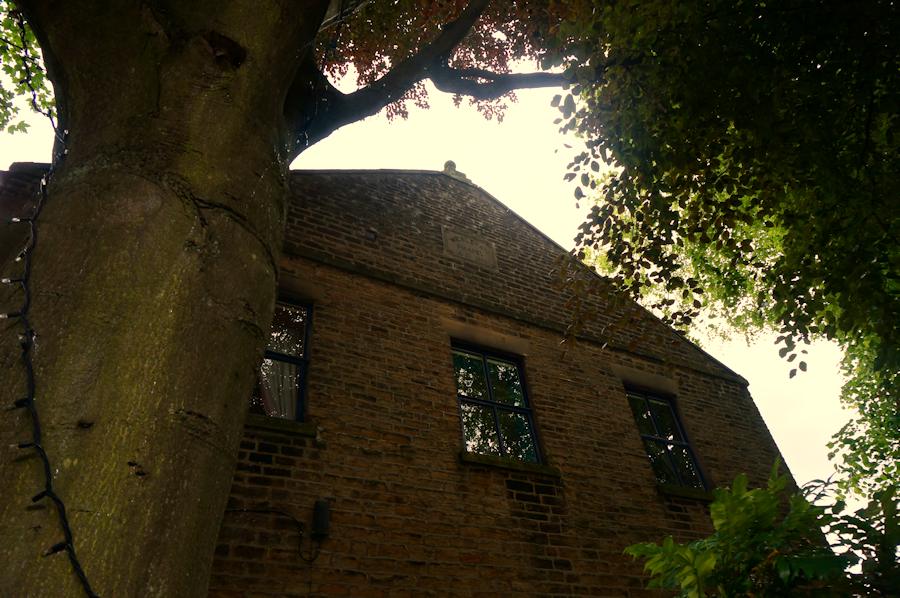
In the early 1950's the chapel and its sports field behind the chapel was sold.
Its interior was stripped out and it had several different uses including a specialized aerospace industries parts supplier and a music recording studio.
Finally
it was converted into a exclusive single private dwelling.
The sports field and orchard
was used as a paddock for horses and a small holding with sheep and hens.
It was then deliberately fenced off and allowed to go wild in order for the owner to obtain planning permission for 44 unwanted overspill homes.
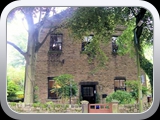 Wesleyan chapel
Wesleyan chapel
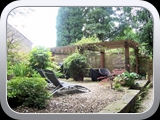 Wesley chapel
Wesley chapel
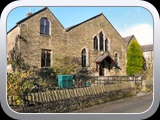 Wesleyan school
Wesleyan school
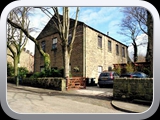 Wesleyan chapel
Wesleyan chapel
 Wesleyan chapel
Wesleyan chapel
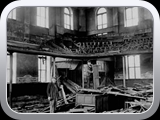 Wesleyan chapel interior
Wesleyan chapel interior
 Wesleyan school
Wesleyan school
 Wesleyan school
Wesleyan school
 Wesleyan school
Wesleyan school
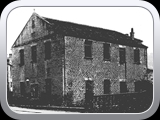 Wesleyan chapel
Wesleyan chapel
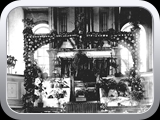 Wesleyan chapel interior
Wesleyan chapel interior
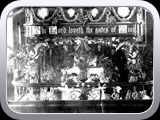 Wesleyan chapel interior
Wesleyan chapel interior
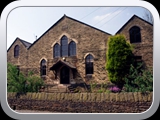 Wesleyan school
Wesleyan school
 Wesleyan school
Wesleyan school
 Wesleyan school
Wesleyan school
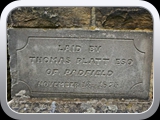 Wesleyan school
Wesleyan school
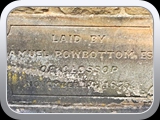 Wesleyan school
Wesleyan school
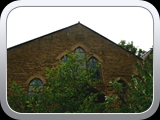 Wesleyan school
jQuery Slideshow by VisualLightBox.com v5.3
Wesleyan school
jQuery Slideshow by VisualLightBox.com v5.3

